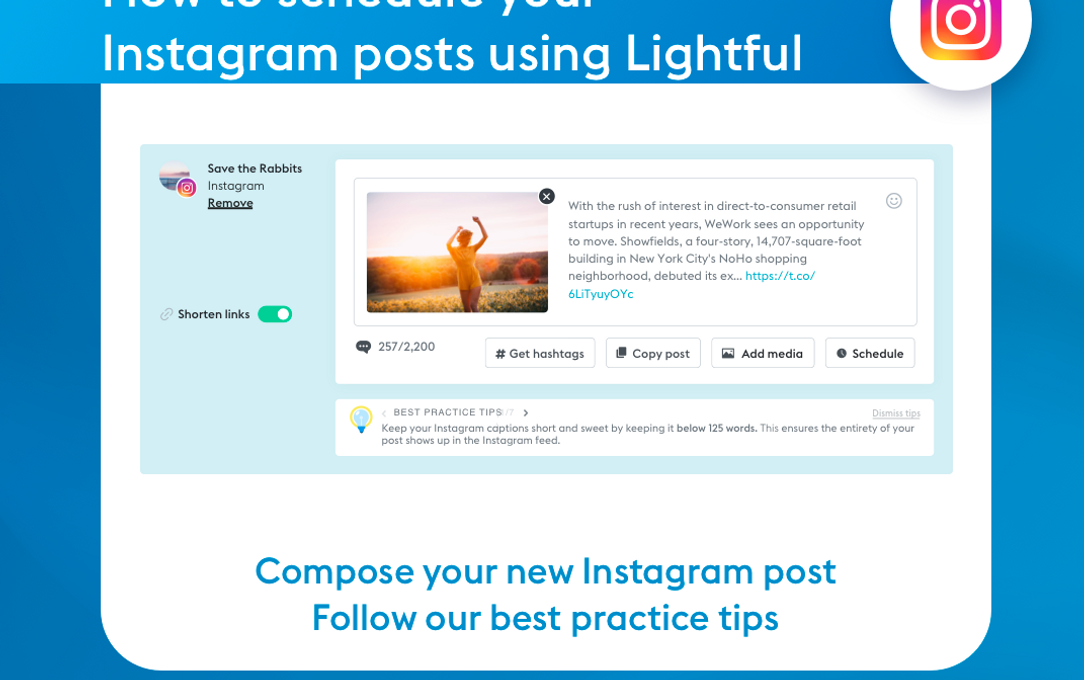Does my charity need a social media strategy?

I know what you’re thinking: ‘My charity is pretty small and I’m the only one responsible for social media. Do I REALLY need a strategy?’
The answer is yes. No matter what size your charity is, you need a social media strategy. Why? Because without a clear plan, what are you trying to achieve? And how will you know if you’ve got there?
A social media strategy does not need to be a big, scary, complicated document. Sure, some charities will have very detailed strategies but for me, the simpler the better. This is because the simpler it is, the easier it is to stick to it.
What should a social media strategy include?
First things first – Why is your charity on social media? Yes, it’s important to have a presence but this is not enough. To justify the time and resource spent managing your social media channels, you need to know why you are doing it, what you’re trying to achieve and if you’ve achieved it or not.
A strategy consists of three things
Objectives, tactics and measurements.
- Objectives – these should be aligned with your charity’s business goals. Objectives should be SMART – specific, measureable, achievable, realistic and time bound.
- Tactics – once you’ve set your objectives, you need to work out the tactics, which are the steps you will take to ensure that you meet the objectives. You can’t just set an objective, sit back and hope it’s successful. You need to actively work towards your objectives.
- Measurements – lastly, you need to make sure you’ve set up a way to measure whether you have been successful or not. There is no point in setting objectives if they cannot be measured.
Here’s an example:
Your charity needs to increase its fundraising income by 10% for 2017. How can social media help you achieve this?
It is unrealistic to think that social media will help you achieve a 10% increase in income because there are other channels working towards this objective, such as direct mail and SEO. But 1.5% through social media alone is achievable. So you’ve already ticked off achievable, realistic and specific off your SMART list. Now we just need measurable and time bound. Let’s put this into a clear example:
Objective: Increase fundraising income by 1.5% by financial year end (time bound) through promoting fundraising campaigns on social media.
Tactics: We will create integrated campaigns, where we have information about the fundraising event on our website and we will send targeted emails to our supporters. Using a mix of organic and highly targeted paid posts on Facebook, with a strong storytelling element, we will have a clear call to action to sign up to the campaign. We will direct people back to our website to sign up. We will also use retargeting – those who visit our fundraising campaign landing page but who don’t convert, will be retargeted* on social media.
*You know when you visit Topshop online and then start seeing Topshop sponsored posts in Facebook? That’s retargeting.
Measurement: We will create a goal in Google Analytics to measure conversions (a conversion is when someone completes an action. In this case, signing up to a fundraising campaign). We will use Google UTM codes to measure the effectiveness of our organic and paid social media posts. We will look at the analytics of the paid social media to see which adverts have the highest conversions and keep iterating for the best results.
This still sounds quite complicated, right? Ok, let’s take an easier example.
Let’s say you’re a cervical cancer charity. One of your business objectives is to increase awareness of your charity amongst women aged between 23 and 50 years of age. A simple social media goal would be to increase your Facebook Page likes and Twitter followers. What if you then did increase your Facebook Page Likes by 100 but they were mainly women aged 55 and over? How is this meeting your objective? It’s not.
So a strategic goal in this example would look something like this:
Objective: Increase our Facebook likes by 10% by December 2017 where the audience are women aged between 23 and 50.
Tactics: Create engaging content tailored to this age demographic that they would want to share with their friends, therefore raising awareness of your cause and increasing Page likes. Create a video that answers questions about smear tests, post on Facebook and ask your followers to comment if they’ve had a smear test and tag in a friend who needs a reminder to book theirs.
Measurement: In Facebook Insights, you’ll be able to see how many new Likes your Page has had by clicking on the Likes tab and changing the date range. Then, click on the People link to see the demographics of the people who like your page. See if your new followers are women aged between 23 and 50. If they are, then you’ve met your objective.
So, as you can see a social media strategy is vital in order to be effective but it doesn’t need to be complex. Take some time to work out between three to five objectives, the tactics you will use to achieve your objectives and then how you will make sure you can measure how you’ve done.
Latest articles

In a world of growing uncertainty, small and local non-profit organisations often find themselves with competing priorities and struggle to plan how to allocate their available resources. Despite the increasing demand for their vital work, they are not always able to allocate the funds they receive to strategic planning and future growth.

As the world becomes more digitally-focused, it’s essential for nonprofits to have a digital presence. With more and more options for online engagement, we know that this can be challenging for nonprofits to tackle. But, we also know that it is a huge opportunity to increase audience engagement, awareness and fundraising. To help nonprofits navigate this, we’re going to explore the “whys” and “hows” of creating a nonprofit digital strategy. We’re even providing a free digital strategy canvas to help nonprofits improve their online presence in just a few steps.
Related posts

Facebook recently announced that they are removing Facebook Analytics. Facebook Analytics was a tool that allowed individuals to see how their Facebook followers were interacting with their pages and content. As of June 2021, it is no longer available, but what does this mean for your organisation and your social media data?

Instagram is a visual channel that helps you build an engaged community of people who are following your cause.
See who we help
Contact us
Want to learn more?
Email Jonathan and start a conversation





